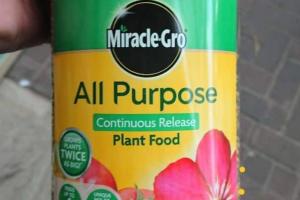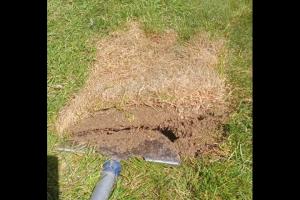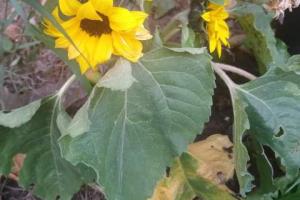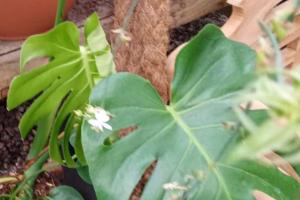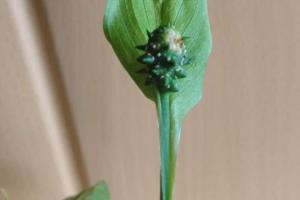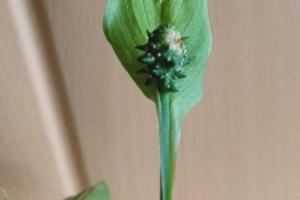What does drought mean?
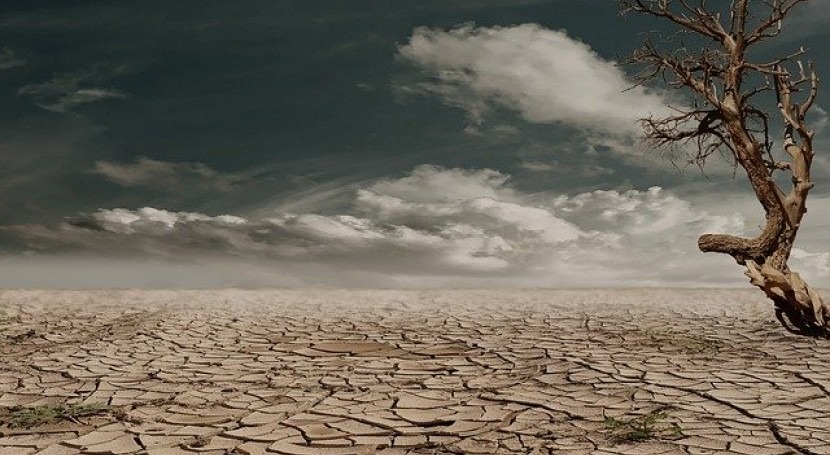
Much research effort has been devoted to study unconventional options to obtain water in times of water shortages. Worth noting are wastewater treatment, desalination, and the development of tools and strategies to save water.
1 . Drought
Drought is a temporary shortage of water, by comparison with the normal water supply, for a certain period of time (a season, a year, or several years).
Drought is a recurrent feature of climate, and depends on the water supply and the demand for societal and environmental purposes. Droughts differ in magnitude, duration, intensity, and effects on ecosystems and human activities.
2 . What causes drought?
The causes of drought include natural and anthropogenic factors. Usually, droughts are mainly caused by low precipitation (meteorological drought), which results in insufficient water resources (hydrological drought) to meet the existing demand.
The causes of drought can be grouped into:
Natural origin: they include modifications in atmospheric circulation patterns, variations in solar activity and interactions between the ocean and the atmosphere. Anthropogenic origin: current global warming is caused to a certain extent by human activity, such as fossil fuel burning, environmental degradation (deforestation, soil degradation and desertification), and disturbances to natural ecological systems.3 . Types of drought
Next, we outline the different types of drought:
Meteorological drought: it occurs when rainfall is scarce all the time. Low precipitation is related to the behaviour of the ocean-atmosphere system, where both natural and anthropogenic factors play a role. Meteorological drought is linked to a specific region, because atmospheric conditions are highly variable from one region to another. Hydrological drought: it happens when water courses or stored water levels are below normal for a given amount of time. It can take place a few months or a year after the start of the rainfall shortages, or it may never happen if rainfall returns after a short period of time. Hydrological drought can also occur due to changes in land use that cause water scarcity in the water cycle. Agricultural drought: it is a deficit of moisture in the root zone of crops. It is not possible to establish a threshold for agricultural drought because the amount of water required differs for each crop. For example, in areas with rainfed crops, it is linked to meteorological drought, with a short time lag. Socio-economic drought: it is the effect of water scarcity on people and economic activity. Because of the increasing pressure of human activities, socio-economic drought is more and more frequent, with increasing economic losses.4 . What are the consequences of drought?
Drought has always threatened human survival, leading to massive migrations, famine and wars. Currently, drought continues to impact the world's population, and is considered to be the phenomenon that most affects human beings.
Drought can have direct and indirect consequences.
The direct consequences can be grouped into impacts on the economy: agriculture and livestock farming, water management and supply, industry, hydropower generation; and impacts on the environment: water, soil, air, living beings, protected natural areas, pollution and increase in forest fires. The indirect consequences can be grouped into: economic aspects (hydropower generation, trade and finance), social impacts (public health, unemployment, policy and foreign affairs), and others such as leisure and tourism.5 . World Desertification and Drought Day
World Desertification and Drought Day is celebrated on the 17th of June, in order to raise awareness about international initiatives to fight drought. Land degradation can be addressed if we seek solutions that ensure strong community participation and cooperation at all levels.
In 1994, the United Nations General Assembly officially designated this celebration date as a tool to foster measures to fight desertification and drought. Every year the World Desertification and Drought Day focusses on a specific theme. For example, land degradation and migration (2017), sustainable land use (2018) or global progress towards sustainable land management (2019), have been some of them. In 2020, the theme was "Food. Feed. Fibre", which links our consumption with soil health.



